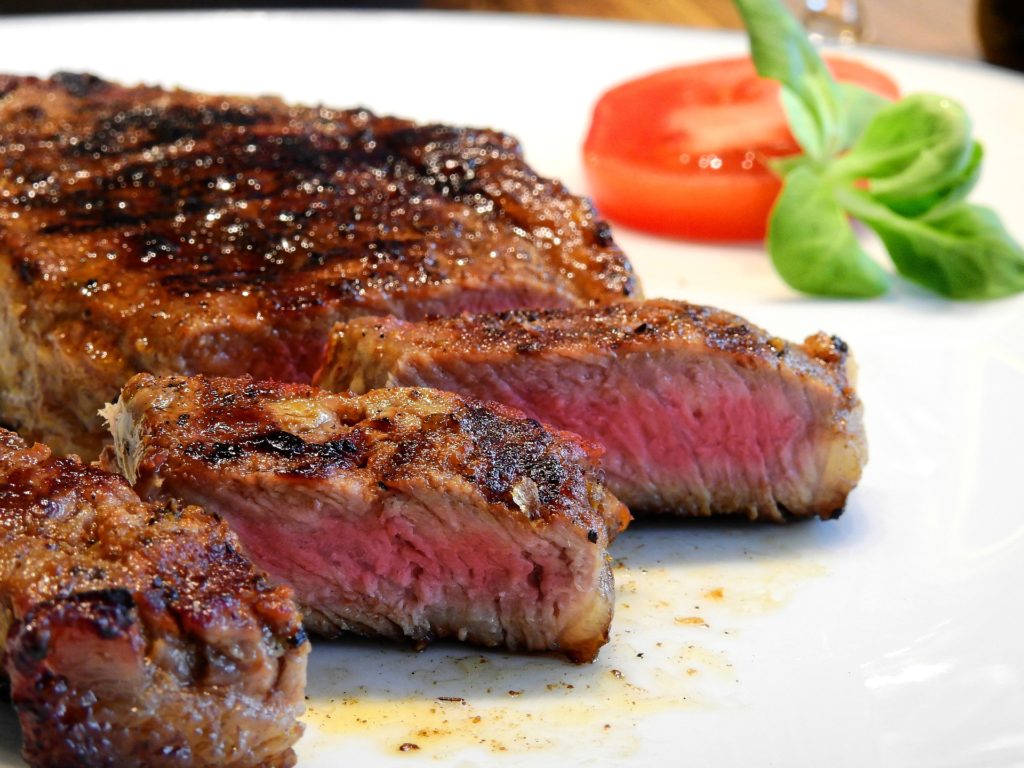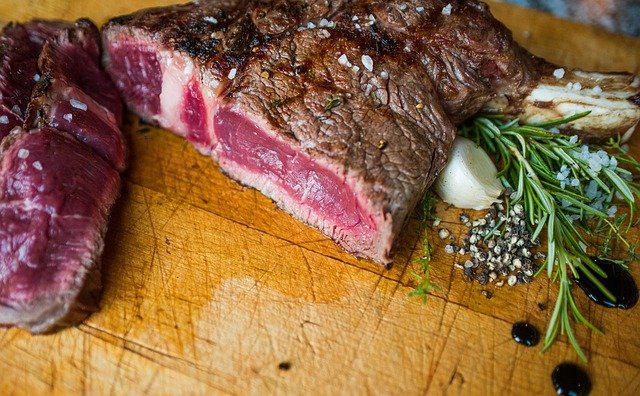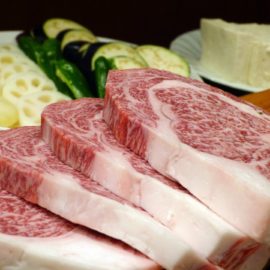
What if science advices you to never have steak well done? How do you like your steak, anyway? Well done? Medium rare? Or Rare? First of all, steak doneness refers to the internal temperature the steak reaches during cooking. Basically, there are 5 of them— rare, medium rare, medium, medium well, and well done. In the US, there is blue rare, making it six doneness levels. But what do most people prefer? Since Americans love their steak a lot, let’s see what they like.
According to Fox News, most Americans prefer their steak well done or medium well. Politics aside, a survey of over 1,200 Americans by YouGov showed the same thing. Nearly one-fourth of Americans (24%) like their steak well done, medium rare comes a close second (23%), next is medium well-done (16%), then medium (14%), and rare (11%). On the further side is blue rare and burnt with 2% each.
Well. It is definitely true that when it comes to steak doneness, it is matter a preference and taste. But why the love for well done steak? Some people say it tastes better and looks way more appetizing. And another thing is that a well done steak is a guarantee that the steak has been cooked thoroughly, and that they will not fall sick from food poisoning.
You might also like: 3 Reasons Why Wagyu Beef Is So Special (And Expensive)
You cannot blame them actually. Nobody wants a bloody raw steak for dinner. It is better safe than sorry. But what is the truth? If we are going to involve science here, you would realize that you should not have your steak cooked well done. Here is why.
Quality-wise, well done steak does not make sense
One of the key factors for a flavorful plate of steak is a thick cut with good marbling. In fact, in is one of the main things to look for when picking a good cut of meat. This is why certain meats like Wagyu beef are so sought after even with their crazy price tags. Anyway, what does marbling have to do with steak?
Generally, the more marbling (fat), the better. Also known as intramuscular fat, marbling in meat elevates the quality of the steak. Specifically, it adds flavor, and improves the tenderness and juiciness—just what steak should be. But these things will only be achieved if the steak is cooked properly. Some people may disagree, but cooking steak well done is just not that (according to science, at least.)
Why?
You might also like: Does Searing A Steak Really Seal In The Flavor?
A well done steak is achieved at a cooking temperature between 155° F (68.3° C) to 165° F (73.8° C). Each side of the steak should be done for about 6 minutes. At this level, proteins have already coagulated. There is excessive moisture loss at around 20% to 40% of the uncooked weight. And the fat has rendered out. As a result, the meat is tougher, drier, the surface is darker while the center is mostly brown. The feel of a well done steak is like the base of your thumb when the thumb touches the little finger. And more importantly, the steak has little to no flavor due to the long cooking time.
Having said all these, what is the best steak doneness level then?
Go for medium rare, like most chefs do (even USDA says so)

Okay. To make things straight, it is not about health. If you have not heard the rumor yet, people say medium steak is healthier. No, it is definitely not true. When talking about steak doneness, we talk about quality.
Now back to it.
When the steak is cooked medium rare, you are getting excellent quality steak. Medium rare is achieved at an internal cooking temperature of around 145° F (62.7° C). Each side of the steak should be done for about 3 and a half minutes. When properly cooked, a medium rare steak is pink in the center. The outside is firm, while juicy and tender on the inside. The feel of a medium rare steak is like the base of your thumb, when the thumb touches the middle finger. When it comes to flavor and tenderness, nothing beats medium rare. This is because the temperature is just perfect to allow the marbling or fat to dissolve within the steak, releasing the pleasing aroma and flavor.
You might also like: Why You Should Not Freeze Meat At Home
If you are the one doing all the cooking, the United States Department of Agriculture (USDA) suggests to go for beef cuts with better marbling. Cuts such as the USDA Prime beef may be may be grilled with high heat to medium rare for excellent results in flavor and tenderness. The same can also be said for medium steak.
For beef cuts with less marbling, on the other hand, may be cooked on the grill as well. But you may need to be extra careful as you may have to cook it as little less to keep it as tender as possible.
Is medium rare safe?
This is probably the most asked question about steak doneness. The simple question to this is yes, medium rare is perfectly safe. According to Food and Drug Administration, beef, pork, veal and lamb (chops, roasts, and steaks) are safe for consumption as long as its internal temperature reaches at least 145º F (62.7° C). Cooking with a temperature this high will eliminate the harmful bacteria in the food. So whenever you cook steaks, use a food temperature to make sure you achieve this. Today, chefs use smart thermometer to make the task easier. Smart thermometers allow you to check the internal temperature of the steak on your smart phone.
You might also like: Meat Science: Does Marinating For Flavor Really Work?
Do not worry about the pink center of the steak. It is not an indication that your steak is raw. Do not treat red meats like beef the same way as white meats such as poultry. It is true that raw meats naturally have harmful bacteria. However, some meats naturally contain fewer microorganisms like red meats. There are several factors to tell, really. Commonly, larger animals like cows are raised in a more hygienic environment, and cross-contamination is less likely to occur. This is why poultry, whatever the form (ground or whole), needs to be cooked at a higher temperature—at least 165 ºF (73.8 ºC) . The specie of the animal and source also come into play.


